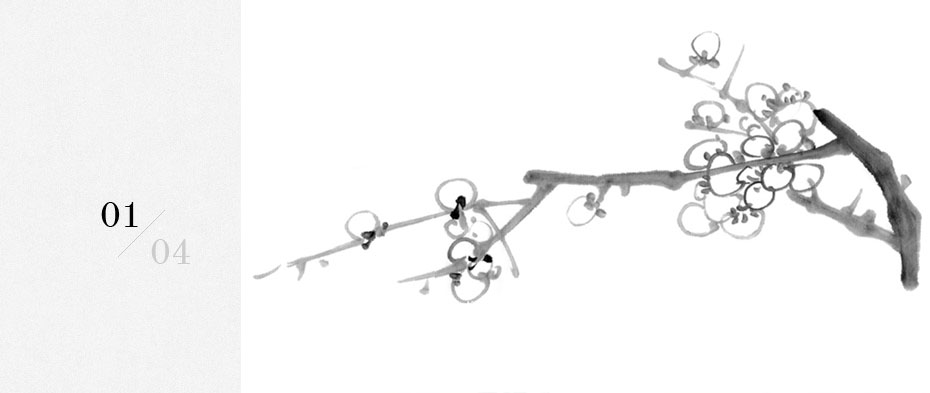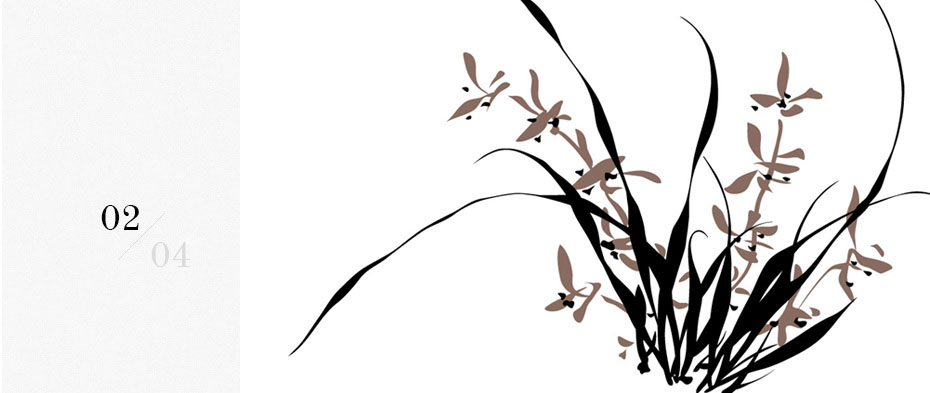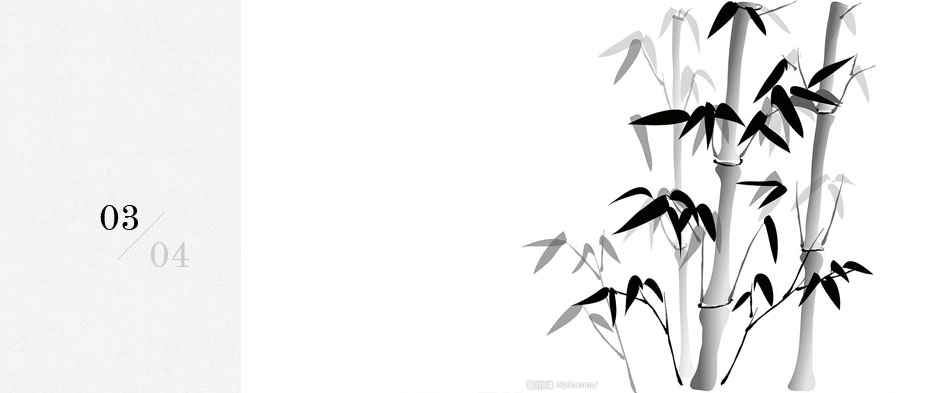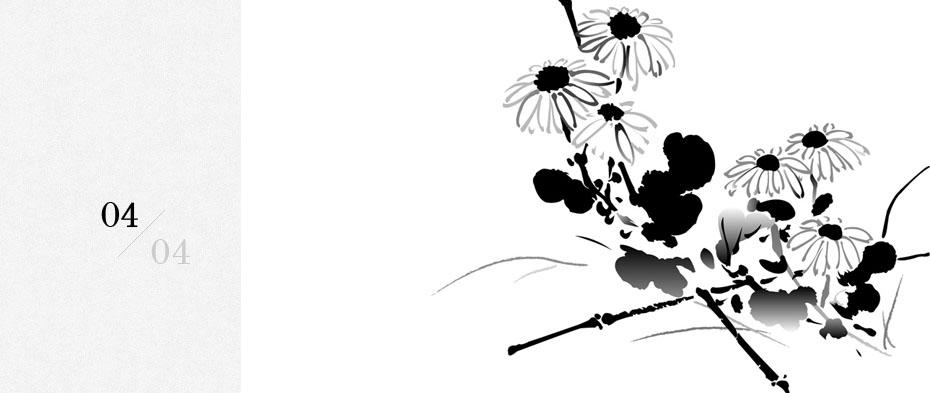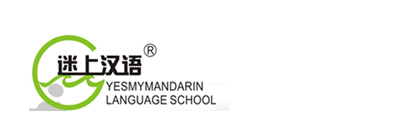
|
Beijing Opera
Known as China’s national opera, Beijing Opera, which originated in the late 18th century, is a synthesis of music, dance, art and acrobatics. It is the most influential and representative of all operas in China.
Beijing Opera can be divided into “civil” pieces, which are characterized by singing, and “martial” ones, which feature acrobatics and stunts. Some operas are combinations of both.
Its repertoire includes historical plays, comedies, tragedies and farces, many historical events are adapted into Peking Opera plays, which in the past were an important primer on history and ethical principles for poorly educated fold.
There are four roles in general: the male, the female, the “painted face”, and the clown, which are further classified by age and profession.
For the painted face role, the color of their made-up faces can be an indication of their characters of personality and loyalty: white is cunning; blue indicates vigorous, courageous and enterprising nature while yellow means an intelligent characters, but a less extroverted one; black shows a sound and honest character while brown is often the symbol of a stubborn.
The costumes are based on those of the Ming Dynasty, no matter when the story is set. The props can include a cloth wall, tents, parasols, whips, paddles and weapons. Exaggeration and symbolism are characteristics of the opera. Holding a whip is enough to indicate an actor is riding on a horse. A few soldiers on the stage may represent a whole army. An actor circling the stage suggests a long journey. Often there are just a table and a few chairs on the stage. The description of many situations depends on the performance of the actors and actresses.
Beijing Opera represents an important part of Chinese culture and has become a refined art form as a result of the hard work of hundreds of artists over the past two centuries.
Beijing Opera can be divided into “civil” pieces, which are characterized by singing, and “martial” ones, which feature acrobatics and stunts. Some operas are combinations of both.
Its repertoire includes historical plays, comedies, tragedies and farces, many historical events are adapted into Peking Opera plays, which in the past were an important primer on history and ethical principles for poorly educated fold.
There are four roles in general: the male, the female, the “painted face”, and the clown, which are further classified by age and profession.
For the painted face role, the color of their made-up faces can be an indication of their characters of personality and loyalty: white is cunning; blue indicates vigorous, courageous and enterprising nature while yellow means an intelligent characters, but a less extroverted one; black shows a sound and honest character while brown is often the symbol of a stubborn.
The costumes are based on those of the Ming Dynasty, no matter when the story is set. The props can include a cloth wall, tents, parasols, whips, paddles and weapons. Exaggeration and symbolism are characteristics of the opera. Holding a whip is enough to indicate an actor is riding on a horse. A few soldiers on the stage may represent a whole army. An actor circling the stage suggests a long journey. Often there are just a table and a few chairs on the stage. The description of many situations depends on the performance of the actors and actresses.
Beijing Opera represents an important part of Chinese culture and has become a refined art form as a result of the hard work of hundreds of artists over the past two centuries.
Product Search

